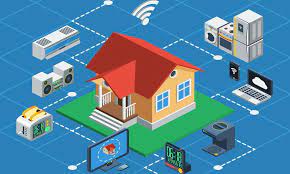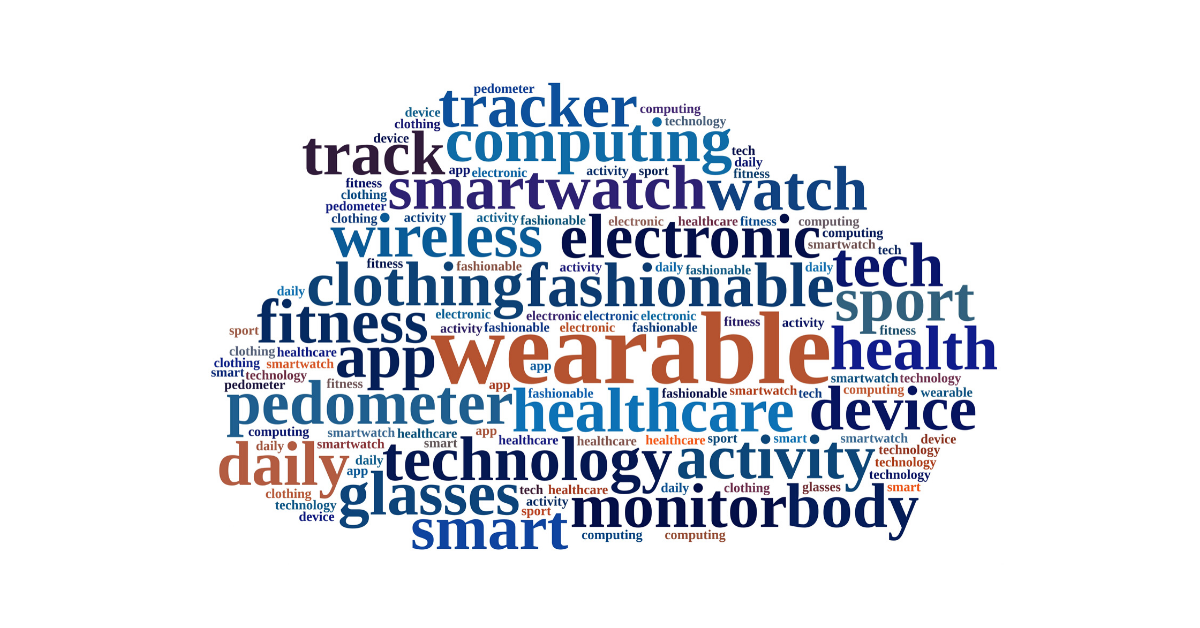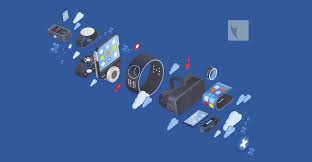Older adults can save tens of thousands of dollars annually by choosing assisted living communities over aging in place in their homes.
Unlike point solutions, Inspiren unifies resident safety, care planning, staffing, and emergency response into a single AI-powered platform.
An artificial intelligence-powered virtual assistant platform for senior living and care providers.

 Broadband penetration among adults in the US – is the job done? According to Parks Associates,
Broadband penetration among adults in the US – is the job done? According to Parks Associates,  Like the obsessively observant HAL, today's tech is always learning your behavior. You mention a concept or product in an e-mail – and are surprised to see that ‘offer’ (displayed or pushed) in your next interaction. Snoopy software tools like the A-word are persistent with the ‘insights’ gained from perusing your text. I see you have asked about such and so –
Like the obsessively observant HAL, today's tech is always learning your behavior. You mention a concept or product in an e-mail – and are surprised to see that ‘offer’ (displayed or pushed) in your next interaction. Snoopy software tools like the A-word are persistent with the ‘insights’ gained from perusing your text. I see you have asked about such and so –  June was a short, but pivotal month for aging and health. Months of research with executives from 27 organizations resulted in the completion of new report, The Future of Wearables and Older Adults 2021. It was presented on a panel at
June was a short, but pivotal month for aging and health. Months of research with executives from 27 organizations resulted in the completion of new report, The Future of Wearables and Older Adults 2021. It was presented on a panel at  Smart home tech – if it can be invented, it has been. It is the ultimate tinkerer’s fantasy, something from an ‘Open the Pod Bay Doors, Hal’ future. As we signal our car’s arrival on the street near our house, the home’s
Smart home tech – if it can be invented, it has been. It is the ultimate tinkerer’s fantasy, something from an ‘Open the Pod Bay Doors, Hal’ future. As we signal our car’s arrival on the street near our house, the home’s  Apple recognizes that aging is at the core of a device/health strategy. Several features were announced at Apple’s developer conference this week that were specifically relevant for an older demographic. Perhaps that population, likely aged 70+, may not (yet) have an iPhone or an Apple Watch. Noting the tech adoption gaps cited by
Apple recognizes that aging is at the core of a device/health strategy. Several features were announced at Apple’s developer conference this week that were specifically relevant for an older demographic. Perhaps that population, likely aged 70+, may not (yet) have an iPhone or an Apple Watch. Noting the tech adoption gaps cited by Wearables are new (now) to most older adults in 2021. But that will change in the coming years as broad market acceptance drives interest among the 65+ population. Adoption will grow as the price points become more affordable; and most important, as the data from wearables becomes more actionable, informative, and predictive of future change. Within five years, doctors will see the benefit in guiding older adults to their usage. Chronic disease monitoring through wearables will see the most substantial growth. And stigma-free and lower cost hearables will provide customizable sound improvements to a far broader population than current hearing aids. Check out the new report:
Wearables are new (now) to most older adults in 2021. But that will change in the coming years as broad market acceptance drives interest among the 65+ population. Adoption will grow as the price points become more affordable; and most important, as the data from wearables becomes more actionable, informative, and predictive of future change. Within five years, doctors will see the benefit in guiding older adults to their usage. Chronic disease monitoring through wearables will see the most substantial growth. And stigma-free and lower cost hearables will provide customizable sound improvements to a far broader population than current hearing aids. Check out the new report: 
 For wearables to be useful to older adults, some barriers need to be overcome. As has been the case with other technology innovations that can provide great benefit to seniors, the value of wearables may be great for older adults -- especially when personalized to the characteristics and needs of an individual. However, the implementation and/or data integration may be lacking. And there may be significant concerns about being tracked or where the data resides. Reviewing the impediments to this useful category actually being adopted -- these may include:
For wearables to be useful to older adults, some barriers need to be overcome. As has been the case with other technology innovations that can provide great benefit to seniors, the value of wearables may be great for older adults -- especially when personalized to the characteristics and needs of an individual. However, the implementation and/or data integration may be lacking. And there may be significant concerns about being tracked or where the data resides. Reviewing the impediments to this useful category actually being adopted -- these may include: